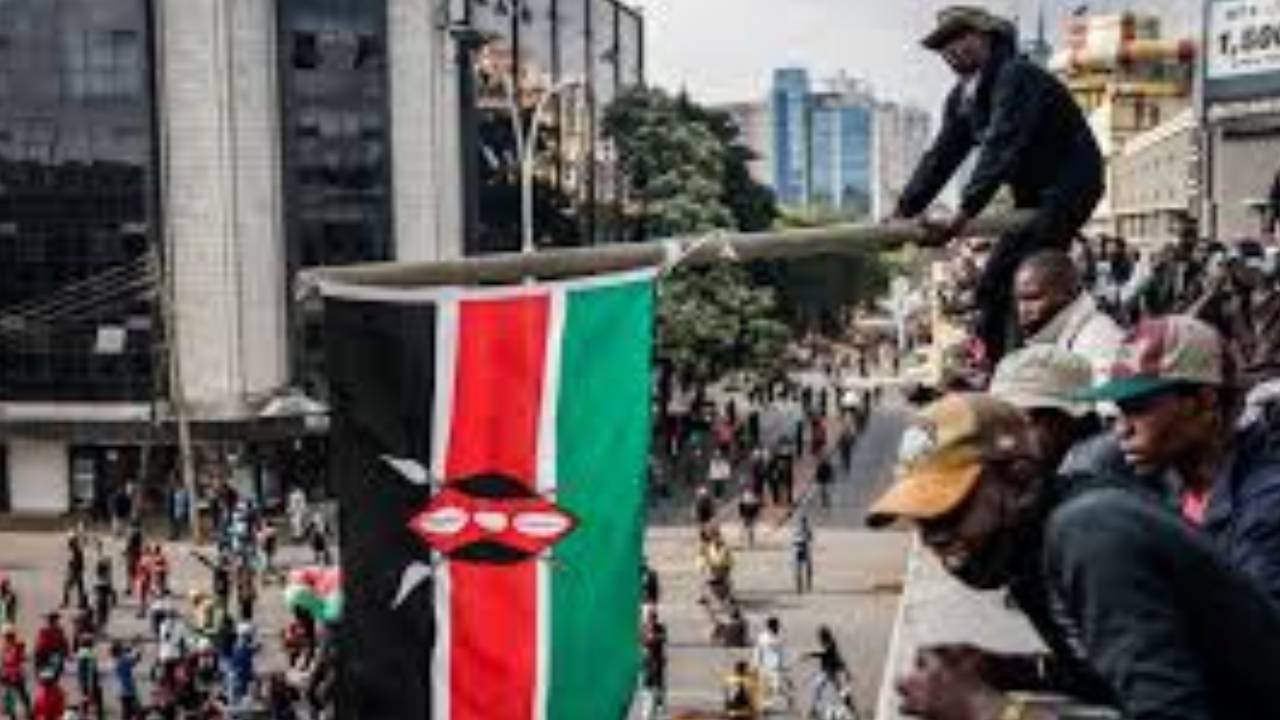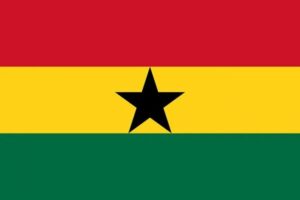At least eight people have been killed and over 400 injured as thousands of Kenyans took to the streets on Wednesday in nationwide protests against President William Ruto’s government.
Clashes erupted between protesters and police in the capital Nairobi and other major cities, marking the anniversary of the deadly anti-government demonstrations that swept the country in 2024.
Chanting “Ruto must go” and waving tree branches as a symbol of peaceful resistance, demonstrators attempted to march towards State House, the president’s official residence, but were blocked by heavily armed security forces using barricades, razor wire, and tear gas.
The unrest prompted the government to ban live TV and radio coverage of the protests — a move overturned by the High Court in Nairobi.
Speaking at a burial ceremony in Kilifi, President Ruto called for calm and urged Kenyans to avoid actions that could destabilise the country. “We do not have another country to go to when things go wrong,” he said.
According to a joint statement from the Kenya Medical Association, the Law Society of Kenya, and the Police Reforms Working Group, 83 of the injured required specialised treatment, with at least eight suffering gunshot wounds. Three police officers were among the wounded.
Human rights group Amnesty Kenya reported a higher death toll, putting the number of those killed at 16.
In Nairobi, tear gas drifted through the city centre as protesters marched past shuttered shops and empty streets. Outside parliament, grieving families and young activists placed wreaths and handwritten notes in memory of those killed in last year’s unrest.
A young woman, draped in the national flag, held a placard listing the names of victims shot by security forces during previous demonstrations — a sobering reminder of the nation’s growing frustration with government leadership.





